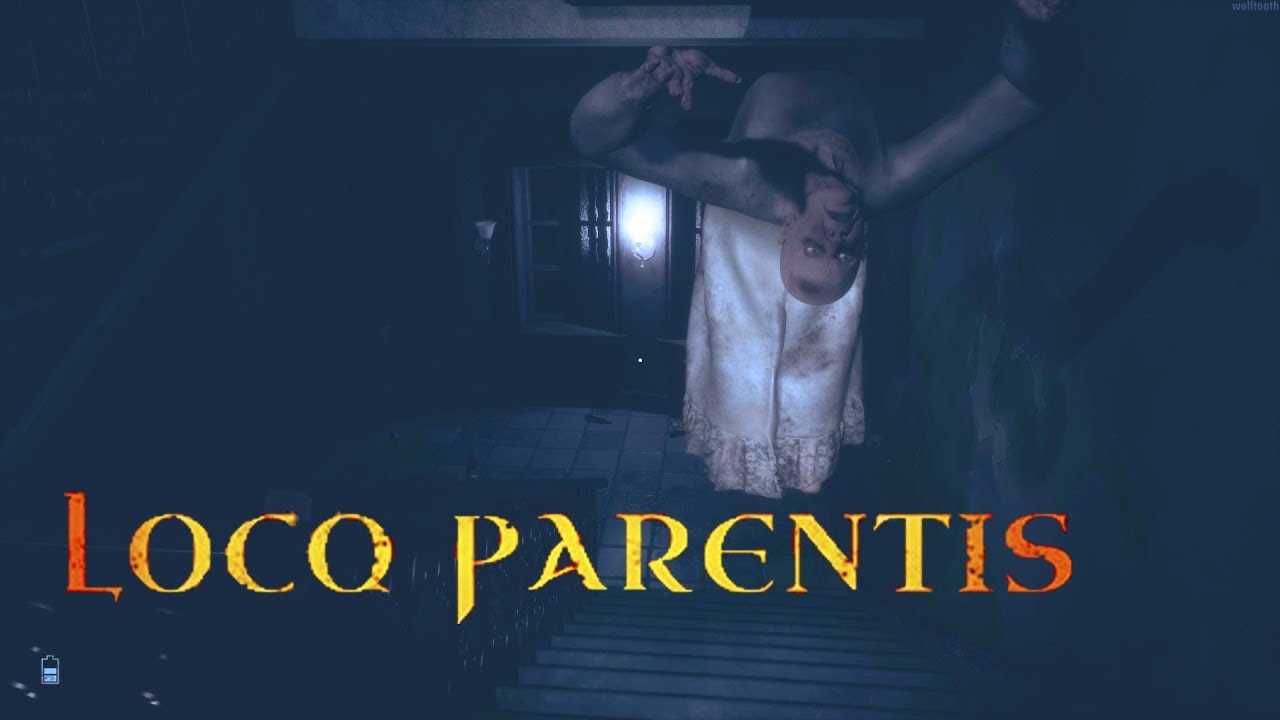In Loco Parentis Letter Template Guide

When a person assumes the role of a guardian or caretaker for another individual, certain formalities are required to establish the boundaries of that responsibility. This document serves to clarify the authority and duties of the guardian, often in educational or healthcare settings. It is essential for ensuring that both parties understand the extent of their obligations and rights.
Creating such a formal document involves detailing the caretaker’s responsibilities, ensuring the protection and well-being of the individual under their care. The document is usually intended to outline the relationship and the role played in making decisions for someone who cannot act independently, such as a minor or dependent adult.
Having a clear and concise agreement can prevent misunderstandings and help maintain the individual’s safety and legal rights. It is important that the document meets the required legal standards and is recognized in the relevant jurisdictions to avoid any complications in its enforcement.
What is In Loco Parentis?
In certain situations, a person or institution may assume the role of a guardian or caretaker, taking on responsibilities that would normally fall to the child’s parents. This arrangement is common in educational environments, where a teacher or school administrator may be entrusted with making decisions and ensuring the well-being of students. The concept ensures that those acting on behalf of the parents are legally empowered to carry out specific duties in the child’s interest.
Under this framework, the individual or institution acts with the same level of authority and care as a parent would, especially in matters related to safety, health, and education. The main goal is to provide guidance, protection, and support for those who are unable to fully manage these aspects of their lives independently.
| Responsibility | Role of the Guardian |
|---|---|
| Protection | Ensuring safety and well-being in the guardian’s care |
| Decision Making | Making choices in the best interest of the individual |
| Education | Overseeing learning and academic needs |
| Healthcare | Ensuring medical attention and well-being |
Essential Components of a Guardian Document
When creating a formal document outlining the responsibilities of a guardian, several key elements should be included to ensure clarity and legal validity. The content should cover various aspects such as the guardian’s role, the individual’s needs, and the circumstances under which decisions are made. These elements help establish trust between both parties and provide a legal foundation for the responsibilities being assumed.
Details of the Guardian’s Role
One of the most important aspects of the document is clearly defining the scope of the guardian’s duties. This includes outlining areas such as education, health care, and safety. By specifying these responsibilities, the document ensures that the guardian understands their obligations and acts in the best interest of the person under their care.
Personal Information and Legal Considerations
It is also essential to include identifying details such as the names, addresses, and relationship of all parties involved. The document should include legal language that affirms the guardian’s authority and the conditions under which they may make decisions. This provides a strong legal basis for the arrangement and prevents any ambiguity in the role of the guardian.
How to Write a Clear Document
Creating a straightforward and effective document that outlines the responsibilities of a guardian requires careful attention to detail. The key to clarity is in structuring the content logically and ensuring that each section serves a specific purpose. A well-written document will leave no room for confusion and will provide all necessary information in a concise manner.
Begin with Clear Identification

The first step is to clearly identify all parties involved. This includes the guardian’s full name, contact details, and relationship to the individual. Additionally, the person under the guardian’s care should be fully identified, with details such as their age, medical conditions, and other relevant information. This helps to avoid ambiguity and ensures that the document is legally sound.
Outline the Responsibilities
Next, the document should outline the specific duties and rights of the guardian. It is essential to specify the areas in which the guardian has authority, such as making decisions regarding education, healthcare, and safety. Clear language should be used to define the scope of the role, ensuring there is no confusion about the guardian’s responsibilities.
Common Errors to Avoid in Documents
When drafting a formal document outlining a guardian’s responsibilities, it’s crucial to avoid certain mistakes that can undermine its effectiveness or legality. These errors can lead to misunderstandings or even legal complications, making it essential to be meticulous in both language and structure.
- Vague Language – Using ambiguous terms can create confusion about the guardian’s authority and responsibilities. It is important to use clear, precise language.
- Incomplete Information – Failing to include essential details such as names, contact information, or the specific responsibilities of the guardian can render the document less effective or invalid.
- Lack of Legal Clarity – Not using proper legal language or omitting critical clauses can lead to difficulties when the document is used in a legal context. Always ensure that the document complies with relevant laws.
By steering clear of these common pitfalls, the document will be both comprehensive and legally sound, ensuring that it serves its intended purpose without causing complications.
Legal Implications for Guardian Documents
When a document is created to establish the responsibilities of a guardian, there are several important legal factors to consider. Such documents carry significant weight in both everyday situations and in legal contexts. It is essential to understand the legal consequences that come with granting someone guardianship or decision-making authority, as they are bound by specific laws and regulations.
Ensuring Legal Validity
To ensure that the document is legally enforceable, it must be clear and compliant with local laws. This includes having the necessary signatures, including any required witnesses, and using appropriate legal language. Without these elements, the document may not hold up in court or during formal proceedings.
Responsibilities and Liabilities
Granting guardianship entails significant responsibilities, and any legal implications of failing to uphold these duties can be serious. A guardian must act in the best interest of the individual under their care. If the guardian fails in their duties or abuses their authority, they may be held legally liable for their actions, and the document could be challenged or revoked.
Appropriate Situations for Using the Document

There are specific circumstances where a document outlining a guardian’s responsibilities is crucial. Such documents serve to formalize the relationship between the guardian and the individual under their care, providing clarity and legal protection in various situations. Understanding when to use such a document can help ensure that all parties involved are fully aware of their roles and obligations.
Education and School Activities – One of the most common scenarios is when a guardian needs to authorize decisions on behalf of a minor in educational settings. Whether it is for medical emergencies, field trips, or enrollment, this document helps establish the guardian’s authority in the eyes of the institution.
Healthcare Decisions – In cases where a guardian needs to make medical or health-related decisions for someone under their care, the document provides legal confirmation of their authority. This is especially important in emergency situations when immediate decisions are necessary.
Sample Templates for Guardian Authorization Documents

Providing examples of formal documents used to appoint a guardian helps clarify the process of drafting one. These samples serve as a guide, ensuring that all necessary details are included while maintaining the appropriate legal language. Below are sample structures that illustrate how such documents can be formatted for various purposes.
General Guardian Authorization Example
This example outlines a basic format for granting temporary guardianship. It includes essential information about the guardian, the individual under care, and the scope of authority being granted.
- Guardian’s Full Name: [Guardian’s Name]
- Minor’s Full Name: [Child’s Name]
- Duration of Guardianship: [Start Date to End Date]
- Scope of Authority: Medical decisions, educational decisions, and any other necessary arrangements.
- Signatures: Guardian and witness signatures for legal validity.
Health and Medical Decision Making Example
This version of the document is focused on granting the guardian authority specifically over health and medical-related decisions for a child or dependent.
- Guardian’s Full Name: [Guardian’s Name]
- Minor’s Full Name: [Child’s Name]
- Scope of Medical Authority: Permission to make decisions regarding health treatments, medical procedures, or emergencies.
- Duration of Authority: [Specify time period or ‘until revoked’]
- Signatures: Guardian, witness, and healthcare provider (if applicable) signatures.